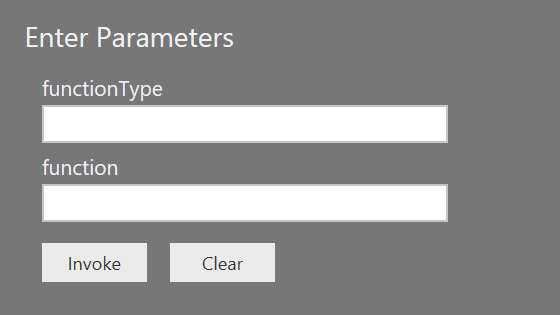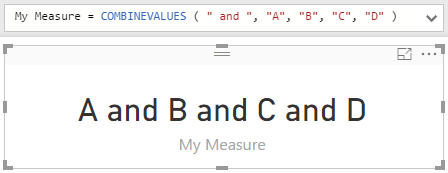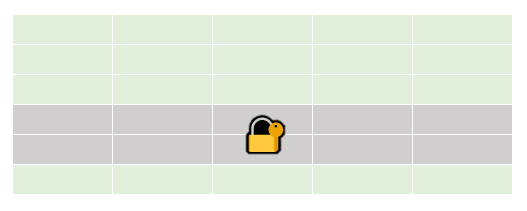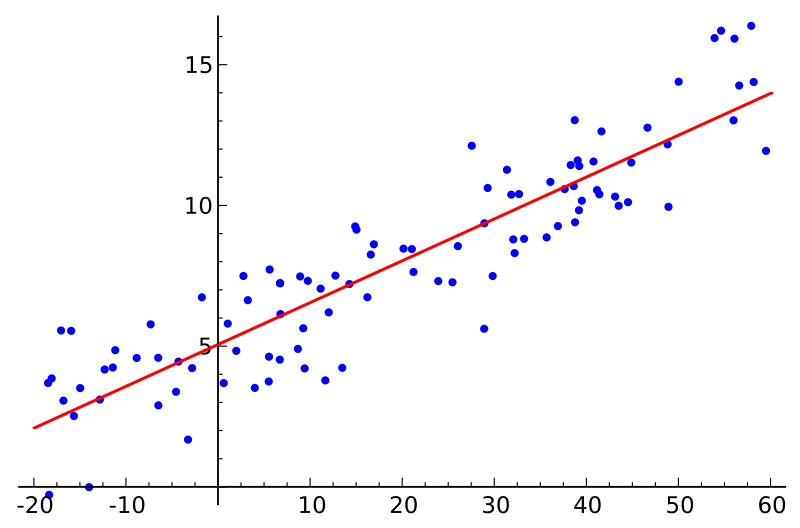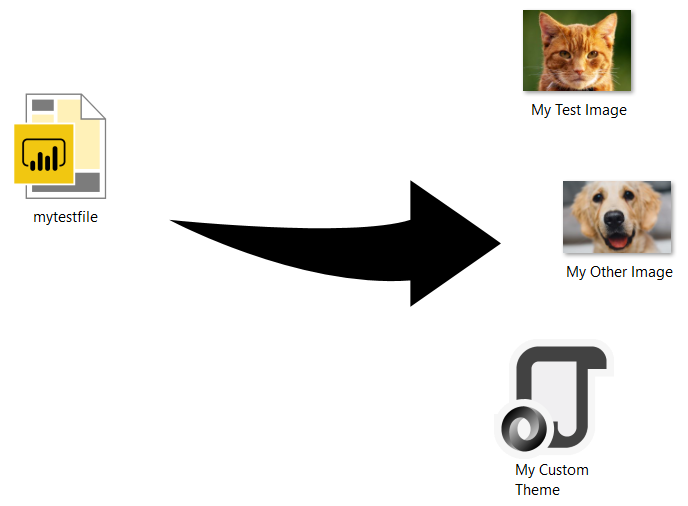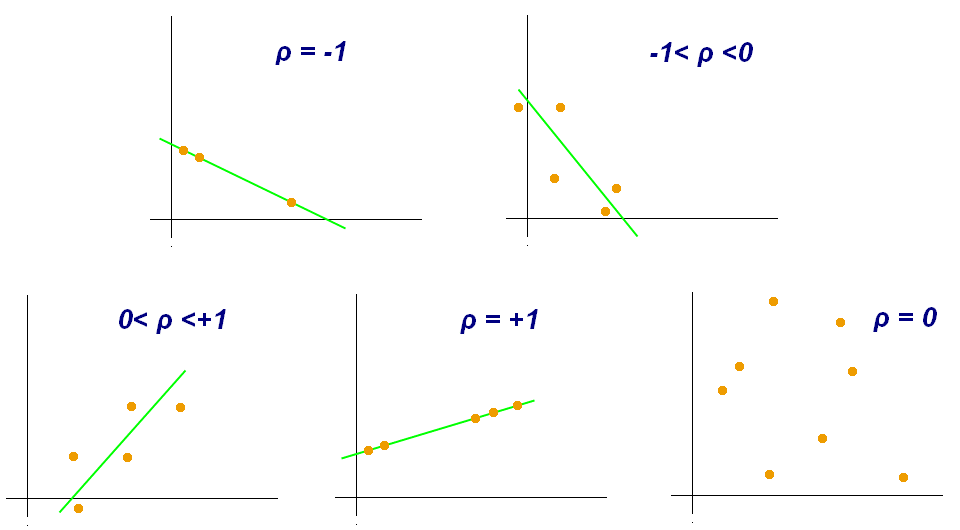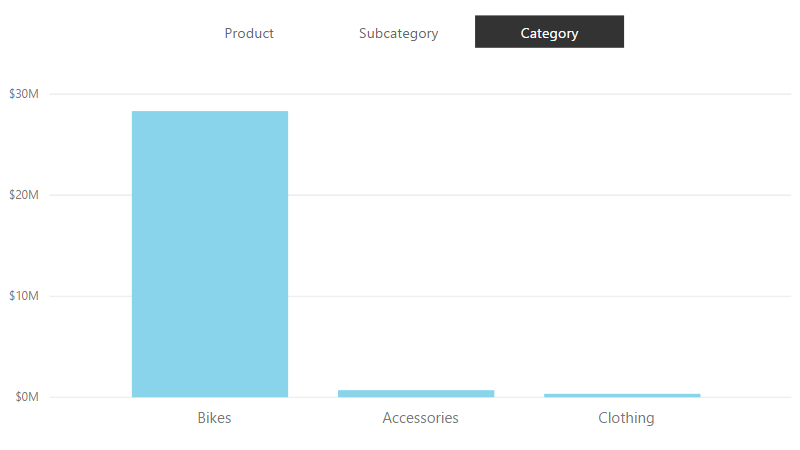
Currently, Power BI does not have a built-in feature that enables you to switch between hierarchy levels with a slicer. While some field wells let you use a hierarchy, others, such as Legend, do not. In this article, I am showing a way to choose a hierarchy level dynamically. Continue reading “Dynamic hierarchies in Power BI”
